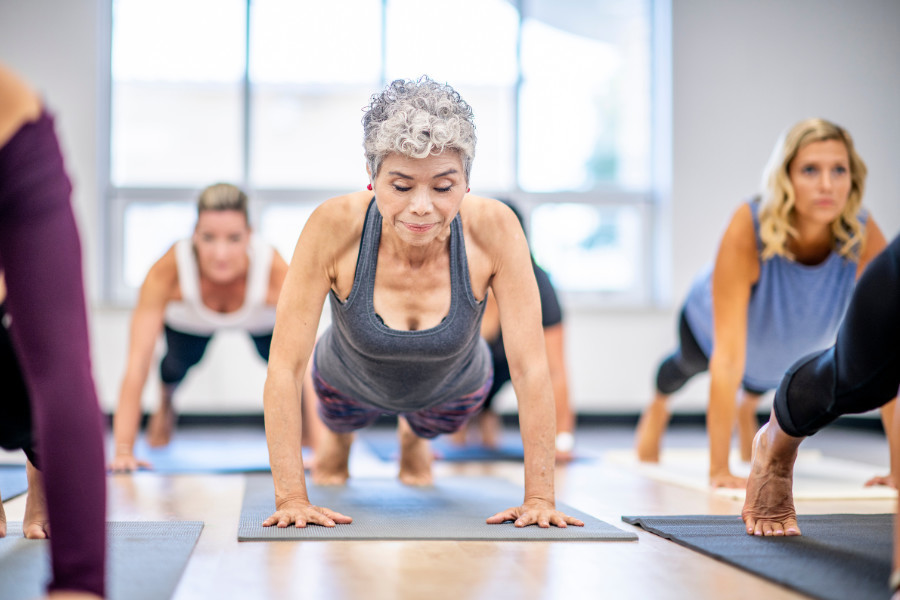
Why a Strong Core Matters
Core stability is about more than just having strong abs—it’s the foundation for a healthy, supported spine. Your core muscles, including those in your abdomen, lower back, and pelvis, work together to keep your body balanced, maintain good posture, and prevent strain on your spine. Whether you’re lifting groceries, bending to tie your shoes, or simply sitting at your desk, your core is constantly engaged. Strengthening these muscles can help reduce discomfort, improve movement, and lower the risk of injuries.
How Core Strength Supports Your Spine
Your spine is at the centre of nearly every movement your body makes, and your core muscles act like a natural brace, keeping it stable and aligned. Without proper core strength, the spine has to work harder to support your body, which can lead to stiffness, soreness, and even injury over time. A strong core helps:
- Improve posture, reducing stress on your back and shoulders
- Enhance balance and stability in everyday movements
- Minimise strain on the lower back by evenly distributing pressure
- Support better movement and flexibility for daily activities
Simple Ways to Strengthen Your Core
Building core stability doesn’t require an intense workout routine. Simple, consistent exercises can strengthen these muscles and improve your spinal health. Activities such as gentle planks, bridges, and controlled pelvic tilts can activate core muscles without putting excessive strain on the spine. Even focusing on good posture throughout the day—keeping your shoulders back and engaging your core when sitting or standing—can make a significant difference.
Maintaining a Spine-Friendly Routine
Beyond exercise, daily habits play a key role in core and spinal health. Being mindful of how you sit, stand, and move throughout the day can prevent unnecessary strain. Using supportive seating, avoiding prolonged periods of sitting, and engaging in low-impact activities such as walking or swimming can all contribute to a stronger core and a healthier spine.
The content in this blog is for informational purposes only and is not a substitute for professional medical advice, diagnosis, or treatment. Always consult your doctor or a qualified healthcare provider before trying new healthcare protocols.



